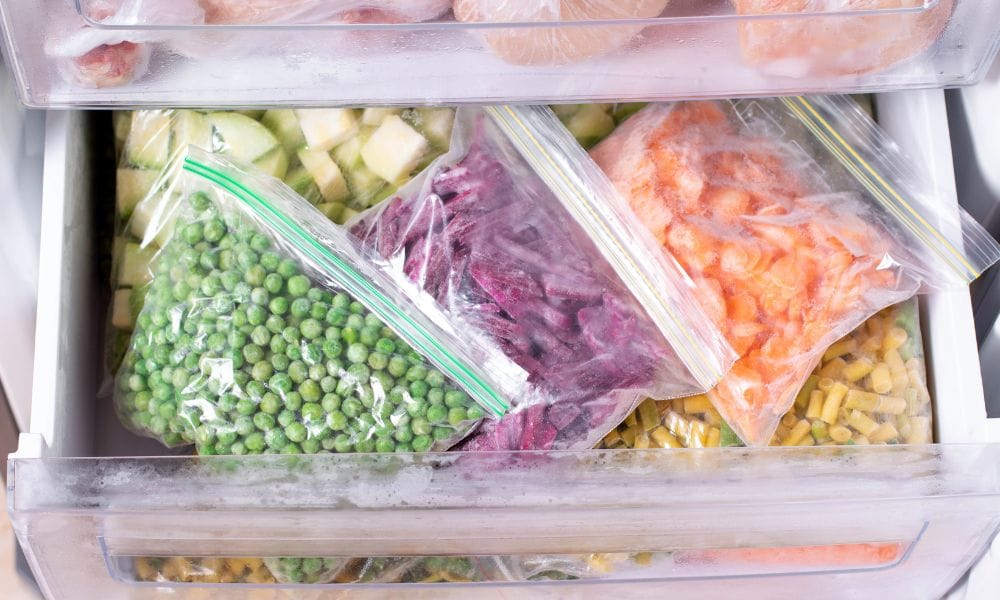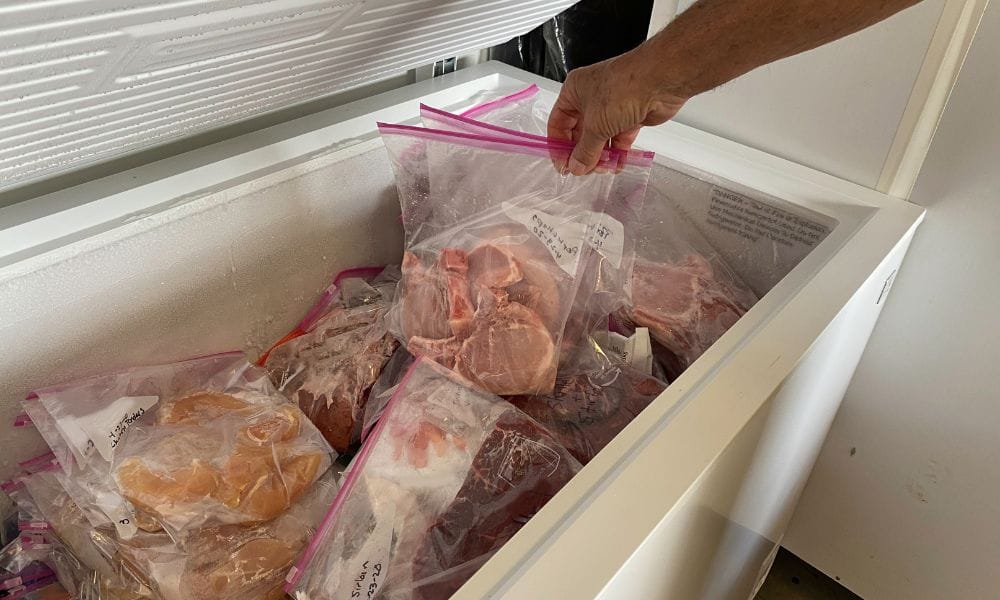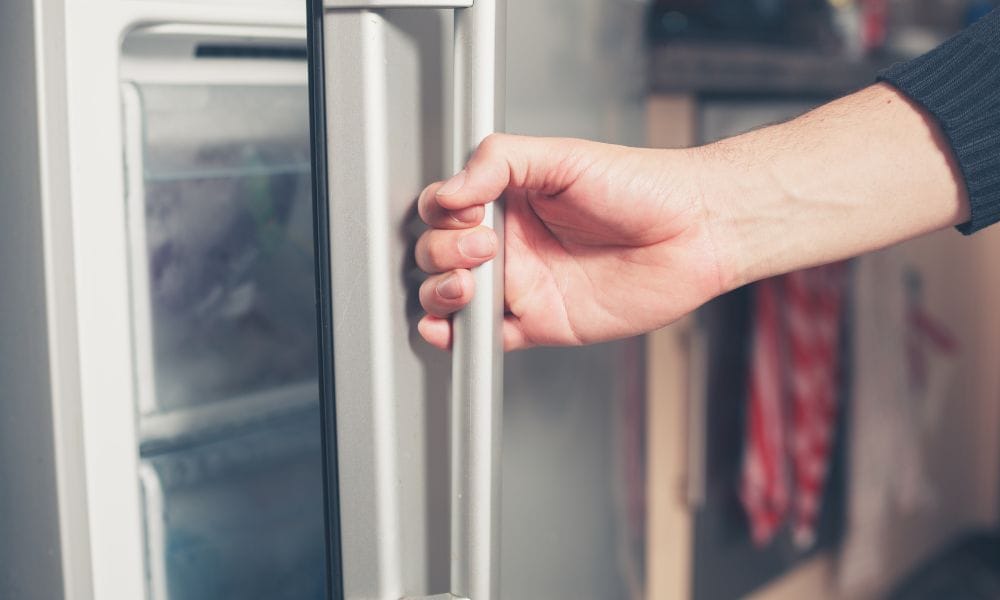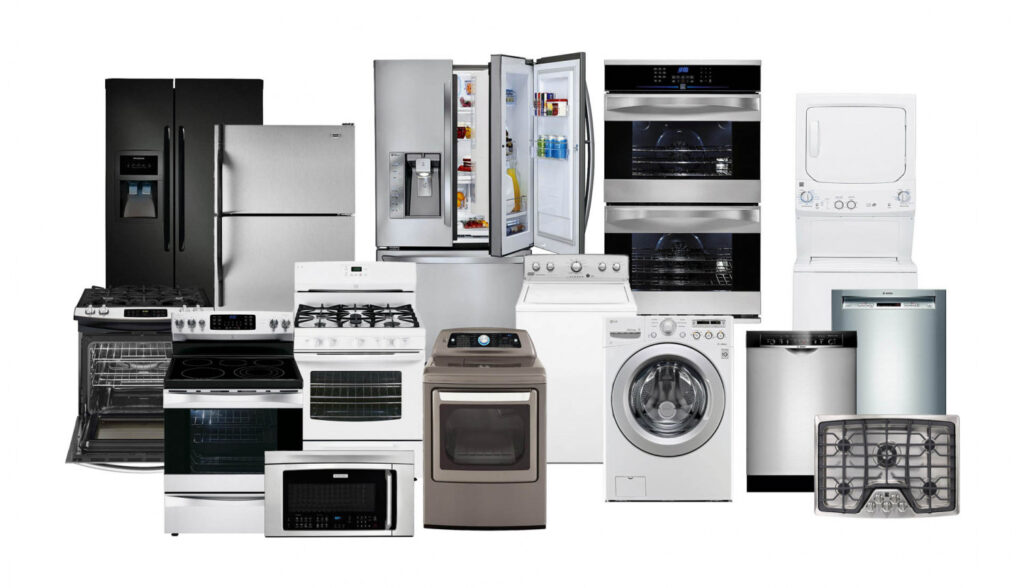
Freezer Burn Prevention: What You Need to Know in 2025
In 2025, the demand for energy efficiency and food preservation is higher than ever. While freezers are essential for storing perishable goods, one persistent problem still haunts homeowners and chefs alike—freezer burn. Whether you’re freezing leftovers or stocking up for winter, understanding freezer burn prevention is crucial to protect your food’s quality, taste, and nutritional value.
This detailed handbook discusses all you should know regarding freezer burn: what it is, why it happens, how to avoid it, and what to do if your food is already victim to freezer burn. By taking a little awareness and applying a few clever tricks, you can get your freezer on your side, rather than against it.
What Is Freezer Burn?
Freezer burn happens when frozen foods lose water content and become dry. It’s usually a result of exposure to air within the freezer. This results in dry, grayish-brown spots on meat or pale, shriveled patches on vegetables and fruits.
Freezer-burned foods aren’t unhealthy to consume, but they might be lacking flavor, have an unusual texture, or even have an unpleasant odor. Hence, prevention of freezer burn is the best way to ensure your meals remain flavorful and nutrient-rich.
The Main Causes of Freezer Burn
Knowledge of the causes of freezer burn is the key to prevention. The main culprits are as follows:
Air Exposure: When air touches frozen food, it results in moisture loss and oxidation.
Poor Packaging: Flimsy or torn wrapping lets air seep in.
Temperature Shifts: Too frequent opening of the freezer or a faulty door seal can alter temperatures and lead to burn.
Long-Term Storage: The longer food remains frozen, the more vulnerable it is to burn and dehydration.
How to Identify Freezer Burn
Even if you’re not sure if your food is freezer burned, these are red flags:
Ice crystals in packaging
Discoloration (white, gray, or brown spots)
Dry, hard textures
Off odor when defrosting
Smart Freezer Burn Prevention Tips in 2025
Prevention is better than cure. These real-world, cutting-edge tips will assist you in maintaining your food’s quality:
1. Utilize Vacuum Sealers
A vacuum sealer sucks all the air out of the packaging, making it the most efficient tool for freezer burn prevention. Invest in a smart vacuum sealer capable of adjusting sealing pressure automatically according to the type of food.
2. Wrap Food Securely
Employ freezer-safe plastic wrap, foil, or dedicated freezer bags. Double wrap delicate items such as meat or fish for additional protection.
3. Label and Date Everything
Knowing when you froze something makes it easier to plan what to eat first. Label with erasable freezer labels to make it simpler to organize.
4. Store in Freezer-Safe Containers
Hard containers with snug-fitting lids exclude air. Opt for BPA-free, stackable containers to conserve storage and minimize airflow.
5. Freeze in Portion Sizes
Portion sizes freeze more quickly and thaw uniformly. This lowers the likelihood of partial thawing, which introduces moisture and causes freezer burn.
6. Don’t Overload the Freezer
A more efficient full freezer, but more likely to block air circulation if overloaded. Balance is essential.
7. Limit Freezer Access
Keep opening the door allows warm air in and interrupts the temperature. Educate family members to restrict unnecessary openings.
8. Check Your Freezer Temperature
Keep it at or below 0°F (-18°C). Use a digital thermometer to ensure accurate readings. Intelligent freezers of 2025 can have integrated temperature monitoring and notification.

The Best Freezer Practices for Various Types of Food
Various foods have various freezer storage techniques. Here’s how to store some popular foods:
Meats & Poultry
Vacuum-seal or wrap in freezer paper, then aluminium foil.
Do not store for longer than 6–12 months.
Fruits & Vegetables
Blanch first to help preserve color and texture.
Store in air-tight containers or freezer bags.
Baked Goods
Freeze on a tray first, then move to containers to prevent clumping.
Use wax paper between items.
Dairy Products
Freeze in small portions.
Shake or stir upon thawing to replenish texture.
How to Correct Freezer-Burned Food
If you find freezer burn in spite of your best attempt, do not discard it at once. A few remedies can revive your food:
Trim the Burnt Regions
For meat and vegetables, trim the dehydrated or discolored areas prior to cooking.
Marinate Meats
Strong marinade can revive the flavor and moisture.
Use in Soups or Stews
Add freezer-burned foods to mixed dishes where texture matters less.
Smart Products Which Freezer Burn Prevention in 2025
Today’s tech can make prevention of freezer burn simpler and more effective:
Smart Freezers: Provide temperature change alerts in real-time.
AI-Based Inventory Apps: Monitor contents in your freezer and notify you of expiry dates.
Auto-Sealing Containers: Automatically expel excess air after usage.
These technologies are not just handy they prevent food wastage and save you money.
According to experts at FoodSafety.gov, proper storage practices are essential for long-term freezer burn prevention.

Environmental & Economic Benefits of Freezer Burn Prevention
Preventing freezer burn doesn’t only benefit your meals. It also helps:
Cut down on food waste: Less rotten food equals fewer contributions to the landfill.
Save dollars: Throwing away less food equals fewer trips to the grocery store.
Save energy bills: A well-organized, efficient freezer consumes less power.
Real-Life Example: Before & After Freezer Management
Before: Sarah’s family often discarded freezer-burned meat, which cost them close to $500 a year. Her freezer was chaotic, and foods were not labeled.
After: She started using proper labeling, vacuum sealers, and restacking the freezer by category. Now, she hardly ever throws away food, and everything tastes delicious—even after several months of storage.
Conclusion about Freezer Burn Prevention
In 2025, it’s not hard to keep your frozen food fresh—you just need to plan ahead and use some clever storage. With the right methods and equipment, you can bid adieu to dry, flavorless meals and hello to great-tasting frozen dishes all year round. Explore expert strategies for freezer health in our detailed guide on how to troubleshoot when your freezer is not cold enough—a must-read companion to your freezer burn prevention plan.
By prioritizing freezer burn prevention, you’ll extend the life of your food, reduce waste, and enjoy the full benefits of your Freezer Burn Prevention. Whether you’re meal prepping, stocking up, or just want to protect your leftovers, the tips in this guide will keep your freezer efficient and your food fresh.
FAQs about Freezer Burn Prevention
Q1: Is it safe to eat food with freezer burn?
A1: Yes, but it won’t taste as good. Cut off bad areas before cooking.
Q2: How long will it take for freezer burn?
A2: It can occur within a few weeks if food isn’t packaged well.
Q3: Are vacuum sealers worth investing in for freezer storage?
A3: Absolutely! They significantly prevent air exposure and increase storage quality.
Q4: Is freezer burn equal to spoilage?
A4: No, freezer burn is dehydration, not bacterial spoilage. The food is still safe.
Q5: Do smart freezers make a difference?
A5: Yes, smart features such as temperature alerts and inventory tracking ensure optimal conditions.



